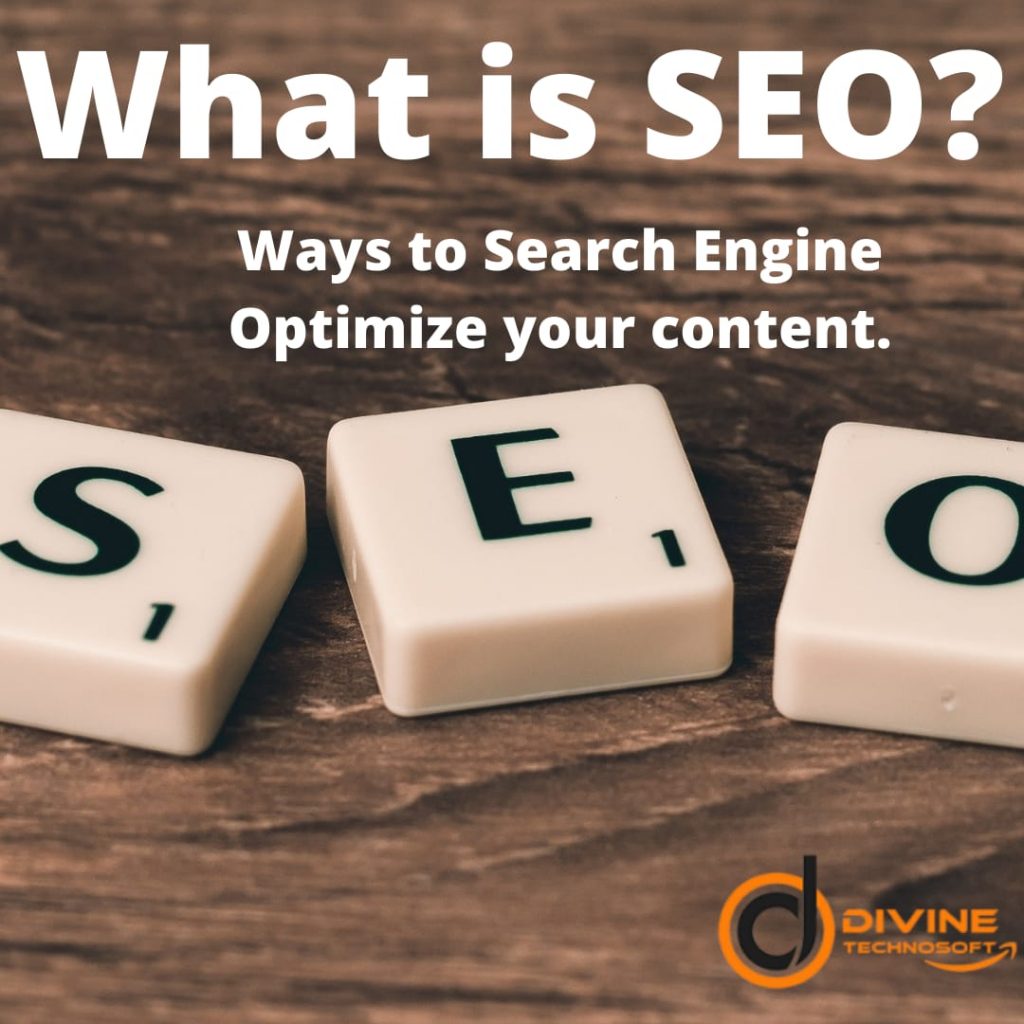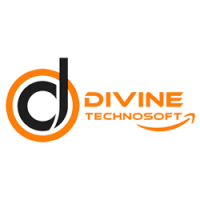
Nowadays, outstanding content is not enough, and Google is getting smarter by each passing day. To rank your content now, it has to be long-form, properly organized for SEO, match user intent, and have high Domain Authority (DA) sites pointing to it.
Sounds like a tough job. Yes?
By implementing a few SEO techniques like link building, improving the quality of your content, optimizing your title tags and headlines, and outreach, you can grow your reach in no time. Also, if you want you can also outsource, there are a ton of companies offering SEO services.
Here are some top SEO tips you can try.
1. Do some Keyword research and Focus on one or two Long keywords that Match your reader’s intent.
Optimizing your posts is not about inserting as many keywords as you can. It’s like writing for the readers first, and search engines second.
Make sure to check different SEO tools to see the keyword “difficulty” score to see how much the competition is out there.
Including 1-2 long keywords that will help to create amazing content that feels natural. You should focus on these long keywords because they offer more user intent and are usually less competitive than the other keywords.
Include these one or two target keywords into specific areas of your post
2. After completing your keywords research, you’ve to look for the best places to add these keywords so that your SEO ranking starts to go high.
There are four places,
• Title Tag: The title of your posts will be displayed on the search engine results page (SERP) and it will be the first and foremost thing search engine’s use to determine the purpose of your content.
• Your URL: Search engines loot to your URL to figure out what your blog post is about. It is recommended to optimize your URLs for every post you publish, each blog post will have its unique URL.
• Your Headers and Body Copy: You’ve to target your keywords all over your post’s headers and body content. Your primary keywords should be present in your headers in the form of a question.
• Your Meta Description: This is the description that is under the title of your page and is very important for click-through-rates. The keywords inside the description are not as important as the title tag, but a natural and clean description that your readers appreciate is a good start.
Quality Content is King
You’ve to just remember that quality of content and relevancy plays a big role in page rankings. Creating a long blog post will not help your rankings if your content is not relevant to the user’s query.
Allow Readers to Subscribe
You’ve to include prominent links that offer readers the ability to subscribe to your email list. This helps you to engage with your users and maximizes the impact of your blog.
Also, try to add social sharing options so that viewers can post to Facebook, Twitter, Pinterest, and other social media networks.
Optimize Your Image with Alt Tags
When you upload a photo on your blog, just make sure to include keywords in the name of the file and fill all the alternate text fields with a brief, keyword-rich description with a photo.
Search Engines cannot see images, adding these alt texts to the images will improve SEO.
